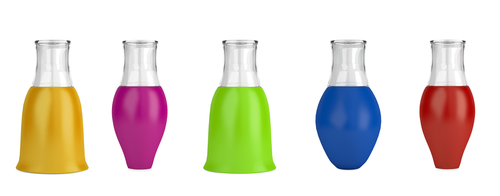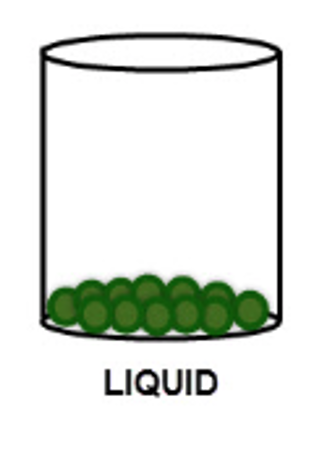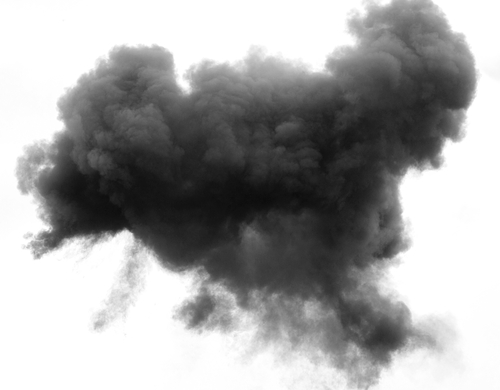Everything around us exists in one of the three states of matter. Things can be solid, liquid or gas!
There are many liquids that we come across on a daily basis. The milk we pour on our cereal, the shampoo we wash our hair with in the shower, and the rain that falls on a wet day. We can tell they are liquids because they can flow, or be easily poured. They can also change shape depending on what container they are in. Impressive hey! Liquids also cannot be held in your hand for long - unless they are in a container, like a bottle or a cup.

The reason why liquids have these properties is because of the way their particles are arranged.
The particles in a liquid are arranged in a random way. They are close together, most of them touching each other, but there are some small gaps. So the particles can move around a little, over each other, allowing liquids to flow and be poured. This is the reason why liquids take the shape of the container they are in.

Its probably harder for you to think of any gases you come across on a daily basis. You have probably heard of oxygen, the gas in the air that we need to breathe. We can't normally see gases. Smoke is an easy one to see, and we can sometimes see steam - the gaseous state of water - escaping from our kettles.

The particles in a gas are even further apart from each other - they have large gaps between them. They move very fast, whizzing around a container they are in and hitting the sides - if you want to keep a gas inside a container you'd better keep the lid on or they will escape in a flash! As in liquids, the particles in a gas are arranged in a random way.

Think you know some similarities and differences between liquids and gases now? Great! Then let's take a look at a few questions about them.








